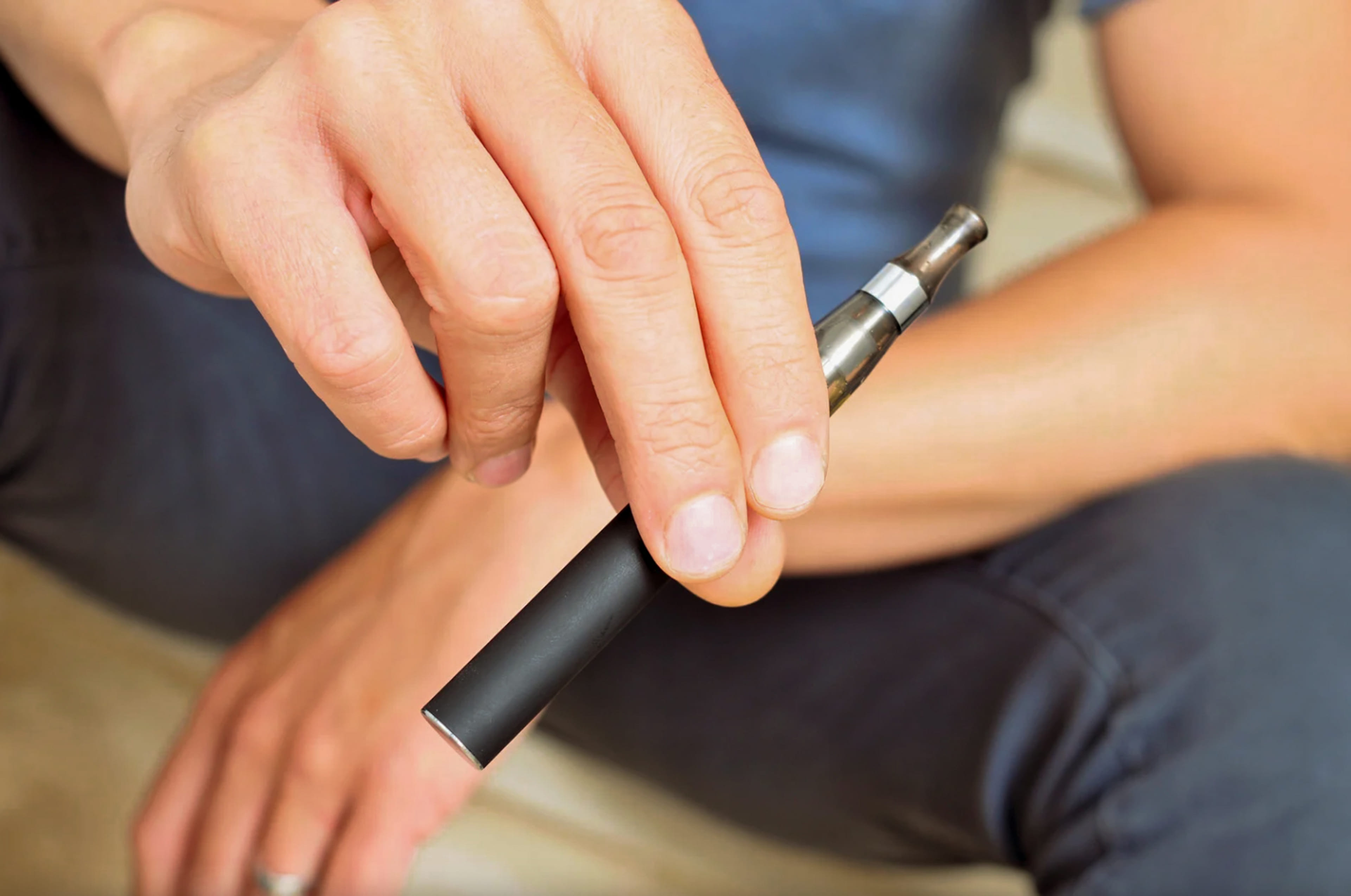
- Vaping
Quitting vaping: Why and how?
Written by: Editors
Modified on:
Vaping has become increasingly popular in recent years, especially among young people. While it’s often viewed as a healthier alternative to smoking, vaping carries significant health risks. In this article, we discuss the impact of vaping on health, methods to quit, and challenges and withdrawal symptoms.
- Lung damage: Vaping can cause severe lung damage, including a condition known as EVALI (E-cigarette or Vaping product use-Associated Lung Injury). This can lead to symptoms such as breathing difficulties, chest pain, and even long-term lung problems.
- Cardiovascular diseases: Research suggests that vaping may increase the risk of heart attacks and other cardiovascular issues. The chemicals in vape products can damage blood vessels, leading to high blood pressure and a greater risk of heart disease. Studies supported by the National Heart, Lung, and Blood Institute (NHLBI) show that people who use both e-cigarettes and regular cigarettes face an even higher risk compared to those who use only one of these products.
- Addiction: Nicotine in vape products is highly addictive. Its use can lead to long-term dependence, making it difficult to quit. Addiction can also affect your mental health, worsening anxiety and depression.
- Immune system: Vaping can weaken the immune system, making the body more vulnerable to infections. This means that people who vape may get sick more often and take longer to recover from illnesses.
Findings from studies published in the journal Arteriosclerosis, Thrombosis, and Vascular Biology, highlight that long-term use of e-cigarettes can cause serious health damage. Blood samples from e-cigarette and cigarette users showed a significant decrease in nitric oxide production and an increase in blood vessel permeability, contributing to a higher risk of cardiovascular diseases.
Methods to quit vaping
There are various ways to quit vaping, ranging from seeking support from friends and family to using nicotine replacement therapies and professional guidance. Below are some popular methods:
Nicotine replacement therapies
Nicotine replacements are designed to reduce dependence on nicotine. They limit or replace the amount of nicotine you consume each day and help manage withdrawal symptoms. Common nicotine replacements include:
- Nicotine gum: Helps control sudden nicotine cravings.
- Nicotine patches: Provide a steady release of nicotine throughout the day.
- Nicotine spray: Offers quick nicotine relief to curb acute cravings.
Medications to support quitting smoking and nicotine dependence
Some medications can be prescribed by a doctor to help with quitting smoking and managing nicotine addiction. These medications are intended to reduce nicotine cravings and manage withdrawal symptoms. Examples include:
- Zyban (bupropion): This medication can help reduce nicotine cravings and withdrawal symptoms.
- Champix (varenicline): This medication reduces the enjoyable effects of nicotine and helps manage withdrawal symptoms.
It’s important to only use these medications under the supervision and prescription of a qualified doctor, as they may have potential side effects and are not suitable for everyone. Always consult your doctor before starting these treatments.
Behavioural therapy
Addiction often has psychological aspects that need to be addressed for full recovery. Cognitive behavioural therapy (CBT) can help people quit vaping by uncovering the underlying causes and promoting behavioural changes. Therapy can also teach coping mechanisms to manage triggers more effectively.
Withdrawal symptoms when quitting vaping
Withdrawal symptoms from quitting vaping can vary depending on the severity of the addiction and individual factors. Possible withdrawal symptoms include:
- Irritability and mood swings
- Anxiety
- Difficulty concentrating
- Fatigue and insomnia
- Headaches and dizziness
- Sweating and shaking
- Increased appetite or weight gain
- Coughing and shortness of breath
- Cravings
Challenges of quitting vaping
Quitting vaping comes with challenges, such as overcoming nicotine dependence and adjusting daily habits. Common obstacles include:
- Physical dependence: Nicotine is highly addictive, and withdrawal symptoms can be intense.
- Psychological dependence: Vaping may have become a habit that’s hard to break without support.
- Social pressure: Friends or social circles that vape can make quitting more difficult.
Helpful website for quitting support:
- American Lung Association: Provides information and support on quitting smoking and vaping.
Conclusion
Quitting vaping can be challenging, but the health benefits are significant. By understanding how vaping affects your body and using the tools and support available, you can successfully quit. Take the time to make a plan and seek the help you need to take this important step towards a healthier life.
If you’re worried about experiencing severe withdrawal symptoms and need support to avoid relapse, professional guidance can be valuable. A specialist clinic can help, but sometimes an outpatient treatment programme with a psychologist may be enough.